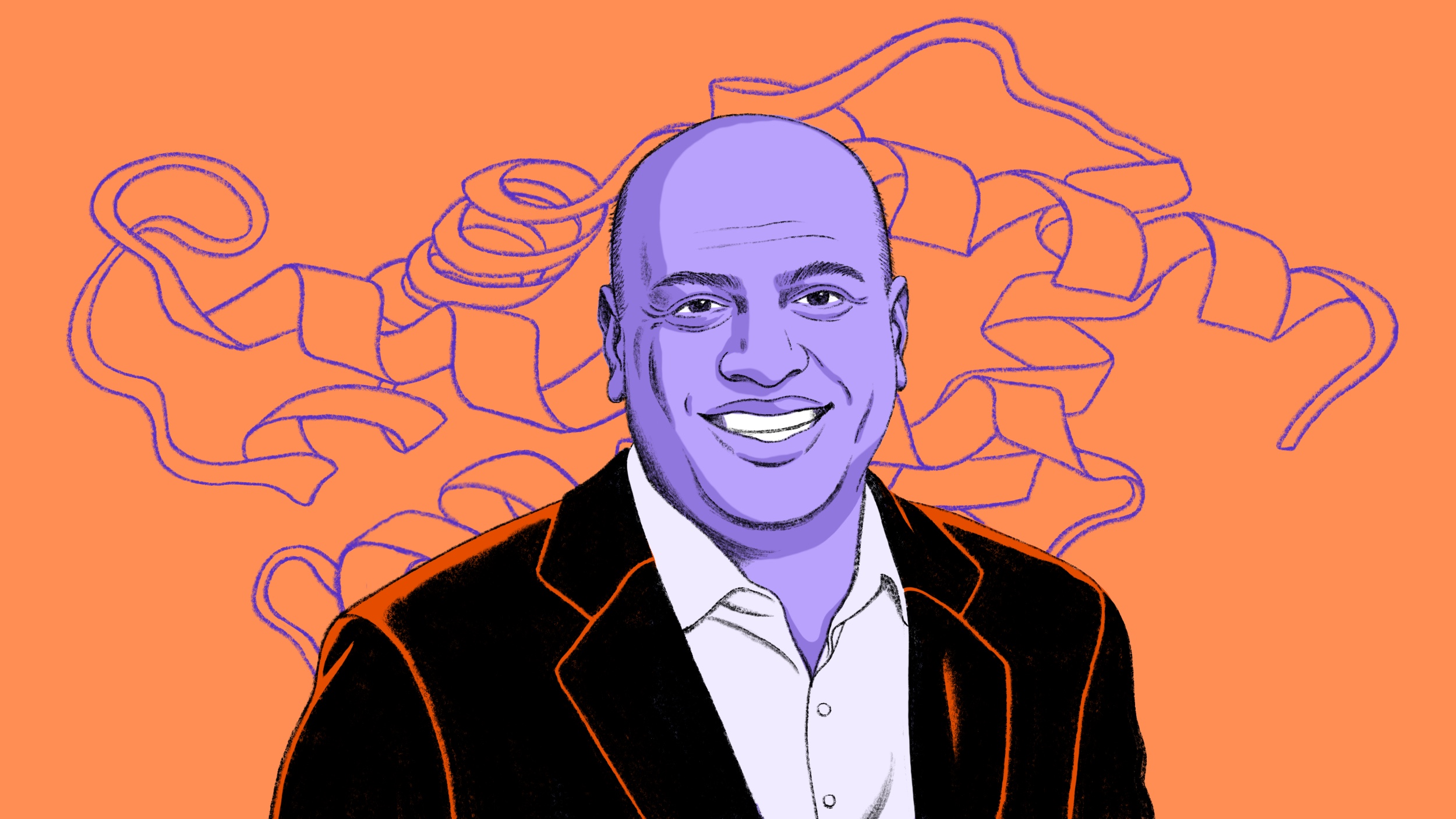Peter Sisson, founder and CEO of Line2, is a serial entrepreneur, having launched Wineshopper, Mixonic and Teleo. He offers concrete advice on how to launch a company. This video is part of a “Profiles in Entrepreneurship” series with Start Out, which promotes entrepreneurship in the LGBT community. (www.startout.org)
Question: What’s the very first step to starting a company?
Peter Sisson: That's a great question. I think the first thing is, don't quit your day job until you've done real diligence on the idea. And what I mean by that is, really look at the market, look at where the market is headed, look at the trends, look at the competitive landscape, and try to play a few strategic moves into the future. So see, is this something that's ultimately going to be dominated by X big company or Y big company? That's not always a reason to say no, but it's certainly something you want to look at. And then make sure you have a business model and you know how you're going to make money. And then bounce it off a few smart people, but not too many; people you really trust but will be honest with you. If it passes all of those tests, then you should ignore everyone else that tells you it's a bad idea, because you will hear endlessly from people that are naysayers or don't understand it and haven't researched it as well as you have at that point, who all say no, that's not possible, and here's why. Part of being an entrepreneur is that as long as you've done that initial diligence and you've convinced a few smart people, and you all agree that this is an opportunity, then you've got to just believe that to the very end, because you will get a lot of days where you start to second-guess yourself and where people are telling you that it's not a good idea.
Now, I'll qualify that with they key to startup success, and why they succeed where big companies don't, is that they can turn on a dime. And the whole process is really about test and measure, test and measure, in a sense. There's the Facebooks of the world and there's the Googles, and they're these massive homeruns. And everyone thinks, “I just put up a Web site, and if I get lucky and do the right things it's going to take off.” But very few businesses are created that way, and you can count the major stars on two hands, and everybody else is working their ass off. Not that they don't work either, but it's a little easier for them. And so the trick is, you know, to once you've gotten past your own barriers of self-criticism to make sure that you know how that you believe it can succeed, then there's a whole series of steps that I could talk for two hours about. Bottom line is, you don't have to risk a lot of capital upfront to learn things. So the way we do it is -- and you don't have to get it right -- but you get it out there. Get something out there. If you sit and stew and try to make it perfect, and nothing ever gets out there, you can be too cautious. So the trick is, get it out there and then iterate. Get feedback from customers.
And that's what we've been doing. We got the first version of our product out in February of 2008, and we didn't do much to promote it. We got 50, 70 beta customers, and then we iterated on what they were telling us. What did they like about it? What didn't they like about it? What features were missing? What did they want to see? And we iterated for nine months until we were comfortable to actually start to put marketing money behind it. And there's a lot of learning that is -- you have to be receptive to. So it isn't really sort of this, you know, put it out there, build the field and they will come, which really has a whole other aspect to it. Once you've got the product right, the real challenge is attracting customers to it. It can be a fantastic, insanely great product, but if you can't get the word out and acquire customers cost-effectively so that you have a business model and can make money, it doesn't matter how nice a product it is.
Recorded on October 1, 2009




